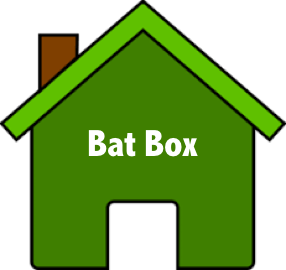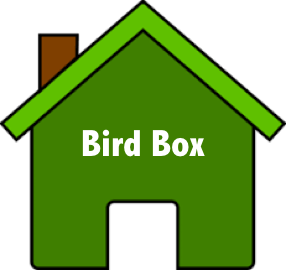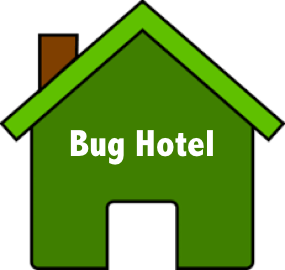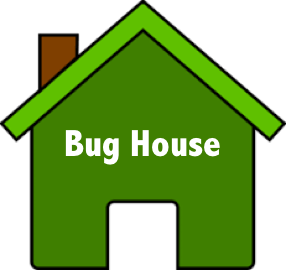There are an endless number of ways in which learners could be involved with the management of the wooded area in which you practice. Below you will find a few key examples:
Habitat management/creation: Learners can be involved directly with the management of the wooded area, helping to coppice, thin and remove non-native species. Pupils may also help create habitats by planting new trees or digging ponds/wetlands. If helping, learners will need close supervision to ensure no unnecessary clearing and also their health and safety. Ensure learners understand their tool talks and how to use the tools safely.
Species Specific Activities: This involves the creation of homes for a variety of different animals, some examples of how to build your own are available by clicking on the following links:
Editable version of these cards can be purchased by following this link: click here
Species Surveys: Learners can help with vegetation surveys, butterfly transects, bird counts, mammal tracking and trapping. This can help monitor flora and fauna levels, not only can this help scientific research but also help maintain local populations. This data can help assess the impact of the forest school programs and other forest management. The data can help inform future management programs to ensure the sustainability of the woodland. Click on the image below for a survey sheet that can be used with learners.
To purchase an editable and usable version of this sheet please click here. All purchases go towards hosting and management of the website.
Maintenance of Visitor Facilities: Learners can help create and maintain visitor facilities (e.g. maintaining pathways or fences). Learners will need close supervision to ensure maintenance is safely completed for future use. Ensure learners understand their tool talks and how to use the tools safely.
Litter Picking: Learners can help clear areas of your woodland, removing waste products that may affect the flora and fauna of the area. Again this activity will need to be closely supervised to ensure learners aren’t collecting or handling dangerous/hazardous waste. It is worth kitting learners with appropriate safety equipment, this keeps the learners safe, whilst also engaging younger learners further.
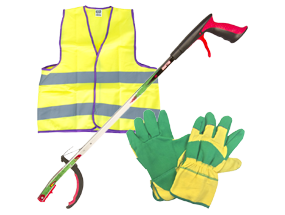
Picture Reference [7]
Visitor Information: Learners can help create identification cards and signs for your wooded area.

